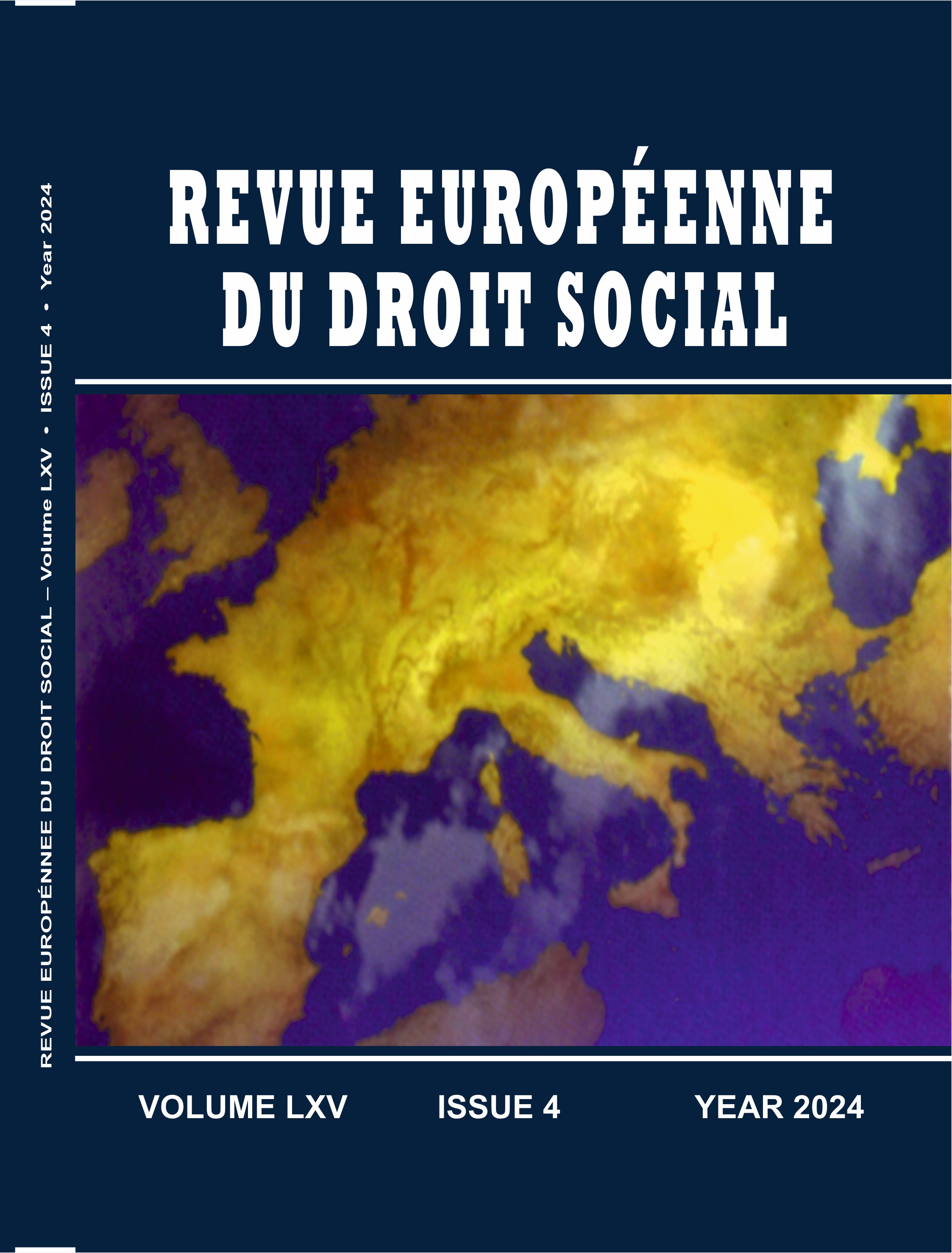
Юридическата компилация Nomos Mosaïcos и някои аспекти на нейната славянска рецепция
The article aims at giving an idea on how the Old Testament compilation known in the Byzantine juridical literature as Νόμος Μοσαϊκός (Nomos Mosaïcos), or Moses' Law (Laws), was received and transmitted in its Slavonic translation. The analysis is focused on the 31 oldest manuscript (Ilovica copy from 1262) of St. Sava's Zakonopravilo (Legal Code), known as being the South-Slavonic Krmcija with interpretations. In this fundamental compendium for all Slavs the Nomos Mosai'cos is the 48th title in the part of the manuscript copied by the priest Bogdan (ff. 249v-255r). In comparison to about 40 Byzantine copies from the 11 th-16th centuries the Slavonic text shows two main typological peculiarities: in the Slavic milieu the Nomos Mosai'cos shares the same independent text history and translation as the other secular law texts appended to the Byzantine Ecloga (Procheiros nomos, Nomos Georgikos as well as the Ecloga); it was copied in voluminous codices since the Krmcija remained the primary and original textual environment for the Old Testament juridical norms for the Slavs. The linguistic analysis shows two main tendencies: an undisputed connection with the Byzantine prototype that was followed, and an independent and recognizable technique of translation that characterizes the Zakonopravilo as a whole. The early date of the Slavonic translation and its preservation in a copy one century prior to the oldest known Slavonic translations of the Pentateuch requires Nomos Mosai'cos to be taken into consideration as a reliable source when studying both Biblical and juridical aspects of the Old Testament in the Slavonic written tradition as a whole. It must also be considered when examining the mutual relation of the text of the Zakonopravilo as a whole, the Slavonic Ecloga and the Farmer's Law.
More...











